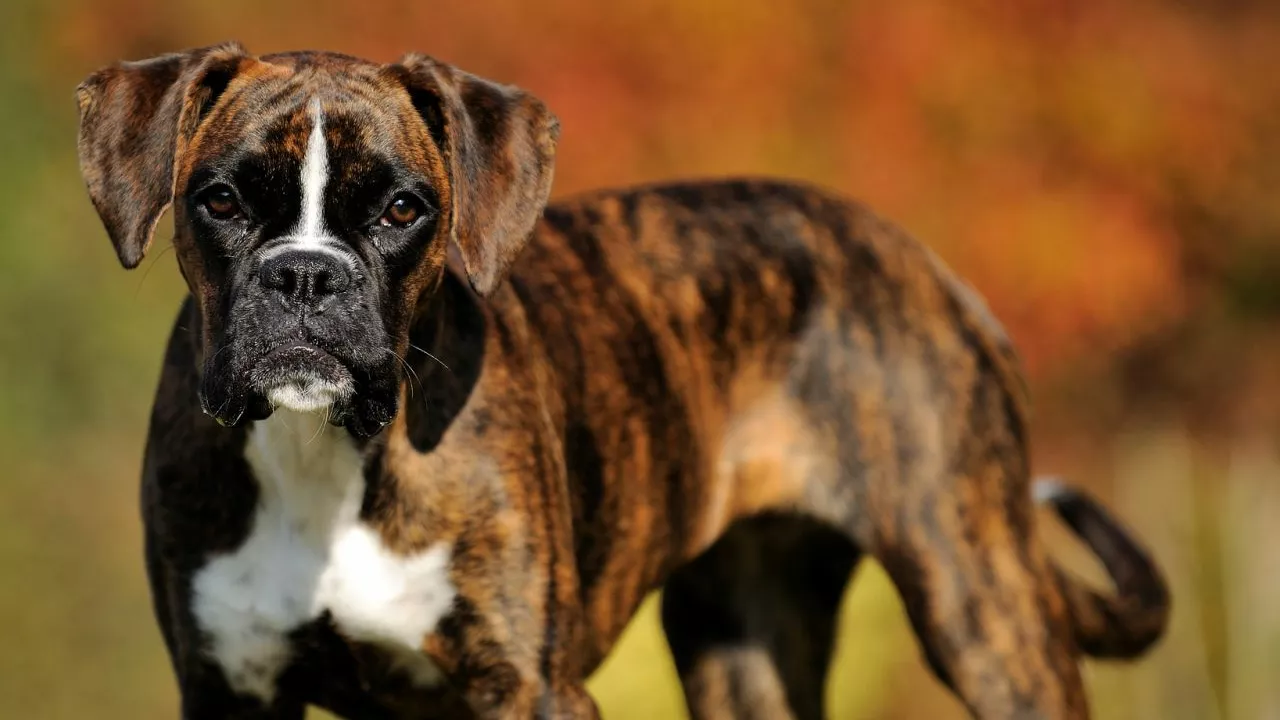Dog Breeds Information – The Mystery Behind Sealed Brindle Boxers
If you’ve ever stared at a dark‑colored Boxer and wondered why people call it a “sealed brindle,” you’re not alone. The term pops up in forums, breed guides, and sometimes even in vet talks. It’s not a secret code; it’s a simple description of how the dog’s coat looks. In this article we break down the phrase, explain the genetics, and give you quick tips on spotting a sealed brindle Boxer.
What Is a Sealed Brindle Boxer?
Boxers come in several color patterns – fawn, brindle, white, and a mix of those. A regular brindle has a light fawn base with darker stripes running across the body. When those stripes become so dense that the light background barely shows, the dog looks almost black. That heavy coverage is what breeders and owners call a “sealed” brindle. Think of it like a paint job: the dark stripes have sealed over the lighter paint, leaving only a thin hint of the original color.
How Coat Color Affects the Term
The genetics behind a sealed brindle are the same as regular brindle, just expressed more strongly. A single gene controls the brindle pattern, and another set of genes controls how much pigment the dark stripes produce. When the dark pigment is high, the stripes dominate, creating the sealed look. You don’t need a lab test to tell the difference – just a close look. If the fawn base is barely visible and the dog looks uniformly dark, you’re probably looking at a sealed brindle.
Why does this matter? For owners, knowing the term helps set realistic expectations about grooming and health. Sealed brindles often have the same skin sensitivities as other Boxers, but the dark coat can hide minor scratches or skin issues. Regular checks become even more important.
For potential buyers, the term can influence price. Some people love the near‑black appearance and are willing to pay a premium. Others prefer the classic fawn‑and‑stripe look. Understanding the terminology lets you communicate clearly with breeders and avoid surprises.
If you’re already a Boxer fan, you might wonder how to keep a sealed brindle looking its best. Here are three quick tips:
- Brush weekly to remove loose hair and keep the coat shiny.
- Check the ears and skin for signs of irritation – the dark coat can mask redness.
- Use a mild shampoo designed for Boxers to preserve the natural oils.
Finally, remember that the “sealed brindle” label is just a visual description, not a breed flaw. All Boxers share the same temperament, energy level, and health profile regardless of coat pattern. Whether you’re looking at a light‑striped boxer or a near‑black sealed brindle, the core of the breed stays the same – playful, loyal, and always ready for a good romp.
So next time you see a dark Boxer, you’ll know exactly why it’s called a sealed brindle and how to care for it. And if you’re browsing dog breed info, keep an eye on coat patterns – they tell a story about genetics, breeding choices, and the unique charm each dog brings to the table.

Why is a Boxer called 'sealed brindle'?
As a dog lover, I've always been curious about why some Boxers are called 'sealed brindles'. Turns out, it all has to do with their unique coat color. A 'sealed brindle' Boxer has such a heavy concentration of dark stripes that their fawn background color almost disappears, making them appear almost pure black. This effect is often referred to as 'sealed' because the dark stripes seem to completely seal over the lighter color. So, when you come across a dark-colored Boxer, you're probably looking at a 'sealed brindle'!
more
